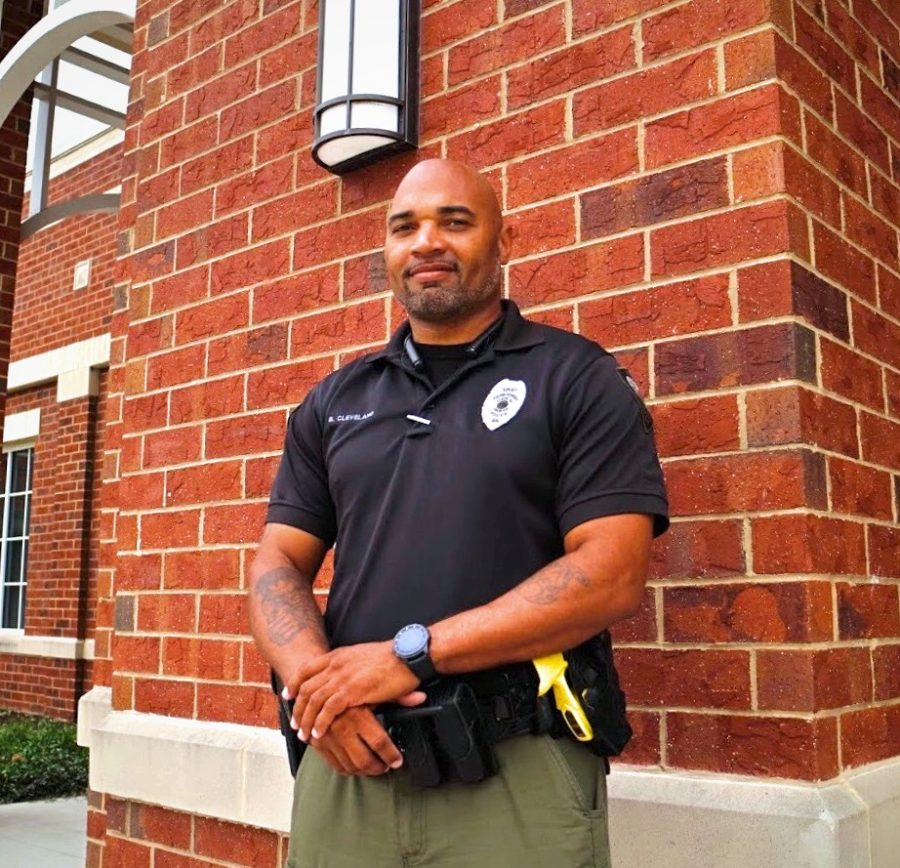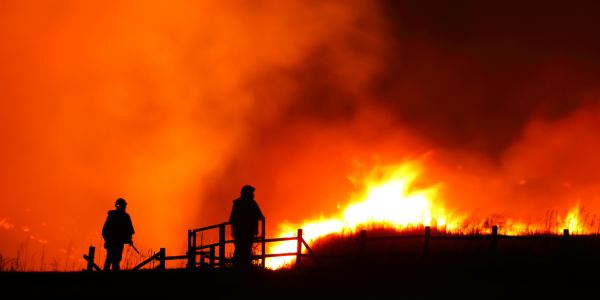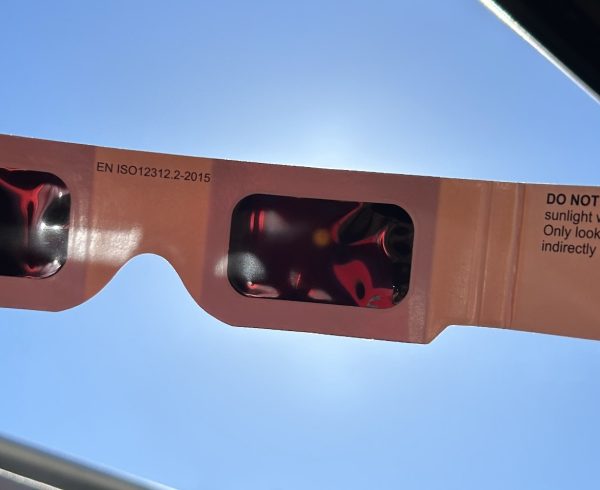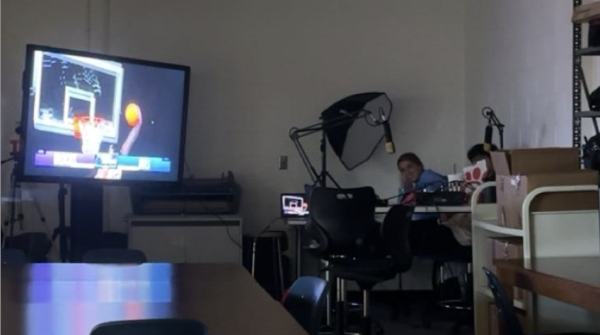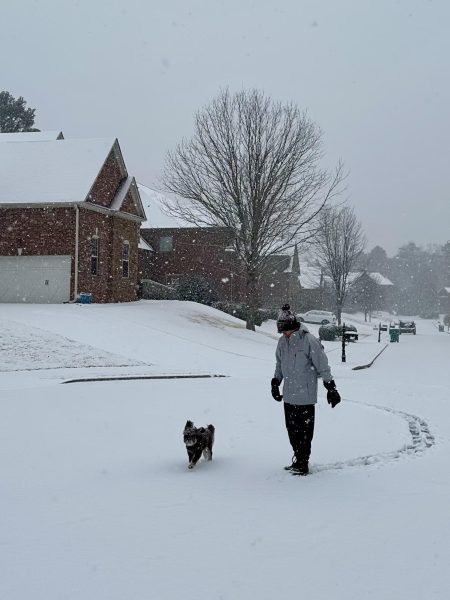New Officer, Cameras Among Steps to Improve Campus Security
Lead Photographer Whit Whittall
Officer Broderick Cleveland joined the school’s security team at the beginning of the semester.
A new school year often comes with changes, but a greater emphasis on campus security this year has led to more changes than usual.
The shooting at Marjory Stoneman Douglas High School in Florida, which left 17 students dead, resulted in heightened security measures in schools across the nation.
Cambridge is no different. A variety of new safety measures are in the final stages of being introduced at the school.
One of the most visible changes is the new camera system being installed throughout the school. Although the cameras are not all in place yet, students may have seen technicians with ladders installing them in hallway ceilings.
The new cameras are expected to replace the old system by the end of the semester.
These new, higher-definition cameras will feature facial recognition technology that allows them to focus on a single face and follow it throughout the whole school, said Assistant Principal Jennifer Beard.
According to Beard, the new technology will help identify wrongdoers and their actions.
Another major change to the school’s security this year was the addition of a new school police officer, Broderick Cleveland, who joined officer Terrance Floyd on the school’s security team.
Principal Kim Premoli said Cleveland and Floyd work independently and patrol on different schedules to eliminate security patterns that could be exploited.
Beard said the addition of a new officer allows the school to have a reserve officer on campus in case the other officer leaves for other duties or training.
Assistant Principal Darius Maize said both officers were equipped with body cameras at the beginning of the year.
New security measures will also affect students’ routines.
Maize said students will now be expected to wear their school IDs on a lanyard to help staff and administrators identify people who should not be in the building.
A warning will be issued the first time a student is caught without a lanyard. The consequences will become more severe for subsequent violations.
Although a few students have received lanyards, the policy has yet to go into effect because the school has not received the new IDs.
Some students said they think this measure will be ineffective because students will not take it as seriously as they should.
“I think people will just move on,” said junior Amrith Balaguhan.
Premoli said improving safety is just as much about changing people’s mentality about campus security as it is about new technologies and policies.
“Security is something we are all responsible for,” said Premoli.
Security surrounding school events, such as home football games, has changed, as well.
Maize said spectators are no longer allowed to bring bags into the stadium due to multiple instances of people sneaking in banned items, such as vaping devices, into home games.
The cost for these new security measures is difficult to measure because the money comes from different funds, said Beard. For example, she said, the district is paying for the facial recognition cameras, whereas the school is footing the cost of the lanyards.
Beard said students and staff are much more aware of security threats than they used to be.
“No one wants to worry about it, certainly, but the reality of the situation is that it is on all of our minds,” she said.

Kerber is a junior and a first-year reporter. She is part of the swim team and enjoys to read. An interesting fact about Kerber is that she was selected...
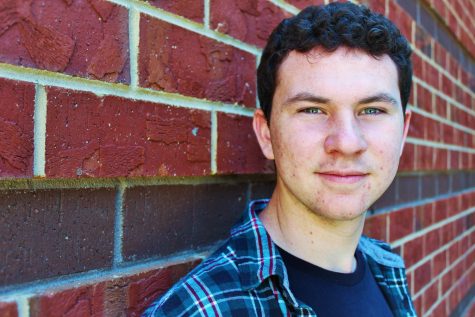
Whittall is a senior, a first-year reporter, and serves as the Lead Photographer for The Bear Witness. He enjoys going to the movies with friends, playing...
